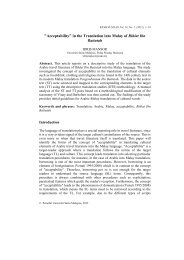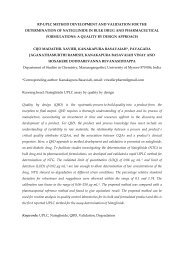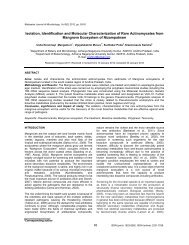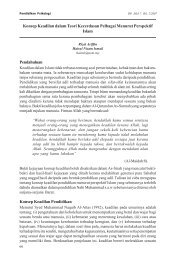Full Text - USM
Full Text - USM
Full Text - USM
You also want an ePaper? Increase the reach of your titles
YUMPU automatically turns print PDFs into web optimized ePapers that Google loves.
Risk on viability assessments for financially distressed firms<br />
Furthermore, sample selection, statistical techniques applied and the properties of<br />
financial ratios (predictor variables) are also critically discussed (Einsenbeis,<br />
1977; Whittington, 1980; Barnes, 1982, 1984, 1986, 1987; Zmijewski, 1984).<br />
Evidence suggests that bankruptcy prediction models might not be an appropriate<br />
proxy for "going-concern" assessments in creditor-oriented countries as opposed<br />
to debtor-oriented ones (Brian, Tiras, & Wheatly, 2005; Kausar, Taffler, & Tan,<br />
2006; Kuruppu, Laswad, & Oyeler, 2003; Claessens & Klapper, 2005). Data<br />
mining techniques have also been applied in this context such as neural networks<br />
(NNs) and decision trees and proved to be more powerful for analyzing nonlinear<br />
and interaction relationships. Hence, these techniques are considered (at<br />
least) supplementary to the traditional statistical "going-concern" prediction<br />
models (Koh, 2004).<br />
"Going-concern" opinion studies are "behavioral" studies conducted under the<br />
auspices of the Human Information Processing (HIP) framework (Menon &<br />
Schwartz, 1987; Kennedy & Shaw, 1991; Chen & Church, 1992; Hopwood,<br />
McKeown, & Mutchler, 1994; Nogler, 1995; Guiral & Esteo, 2006). Drawn from<br />
psychology, the HIP framework provides the underlying theory for those studies<br />
examining individuals' decision-making process under conditions of uncertainty.<br />
However, the word behavioral may be a misnomer, as these studies do not<br />
actually examine behavioral factors but rather, the financial indicators that<br />
individuals use to reach a "going-concern" or otherwise decision. In brief,<br />
behavioral studies or, "Judgment and Decision-Maker" studies (Trotman, 1996)<br />
aim at developing a theory of individuals' perceptions of financial distress. It is<br />
noteworthy that, researchers adopting the cognitive approach (a competing<br />
paradigm), have provided useful insights in understanding and explaining<br />
individuals' judgment and final choice (see Ashton & Ashton, 1995; Libby &<br />
Lewis, 1977, 1982; Trotman, 1996).<br />
In conclusion, studies on "going-concern" opinion decisions do not adequately<br />
capture the impact of behavioral factors on individuals' judgment with a few<br />
exceptions (e.g. Kida, 1980). Although cognitive research on auditors' judgment<br />
provides important insights on individuals' decision-making process nonetheless,<br />
these are not pertinent in this context. Furthermore, no studies examining<br />
insolvency practitioners have been conducted, or any other comparing the three<br />
groups on "going-concern" opinions. Therefore, the current research aims at<br />
filling a significant gap in the literature by examining the impact of risk factors 1<br />
on the three groups' viability assessments for financially distressed firms.<br />
1 Measurement of these risk factors is explained later in the results section.<br />
37



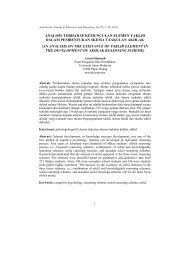
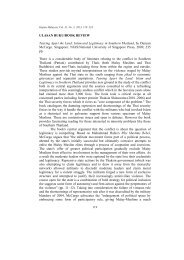

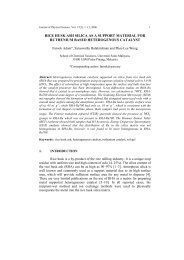

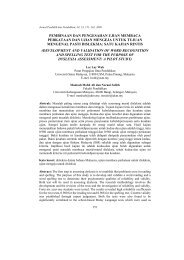
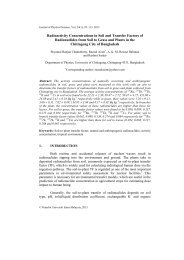
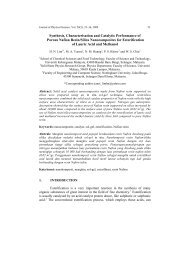

![KTT 111 – Inorganic Chemistry I [Kimia Takorganik I] - USM](https://img.yumpu.com/12405642/1/184x260/ktt-111-inorganic-chemistry-i-kimia-takorganik-i-usm.jpg?quality=85)
